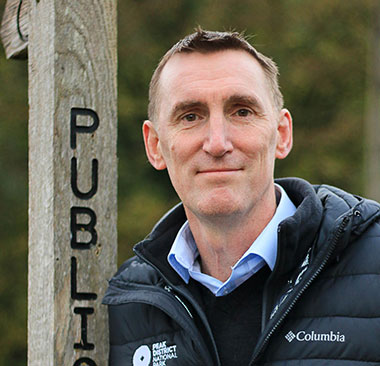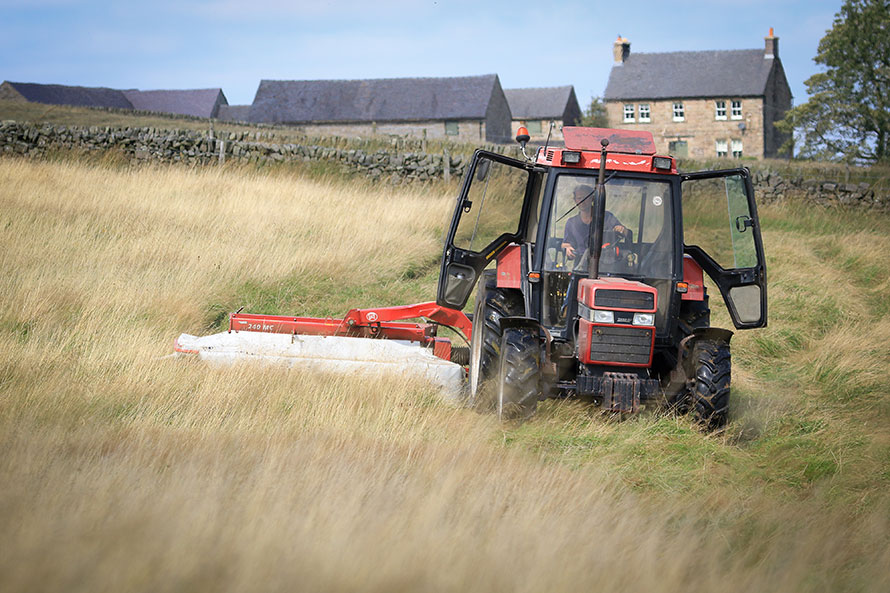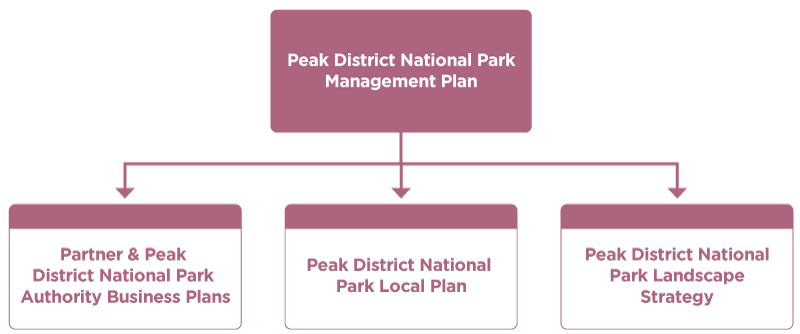# Objective 1
To lower greenhouse gas emissions significantly, focussing on the largest emitters within our influence.
# Objective 2
To sequester and store substantially more carbon while contributing to nature recovery.
# Objective 3
To reverse damage to nature, biodiversity and cultural heritage and in particular built environments caused by climate change.






